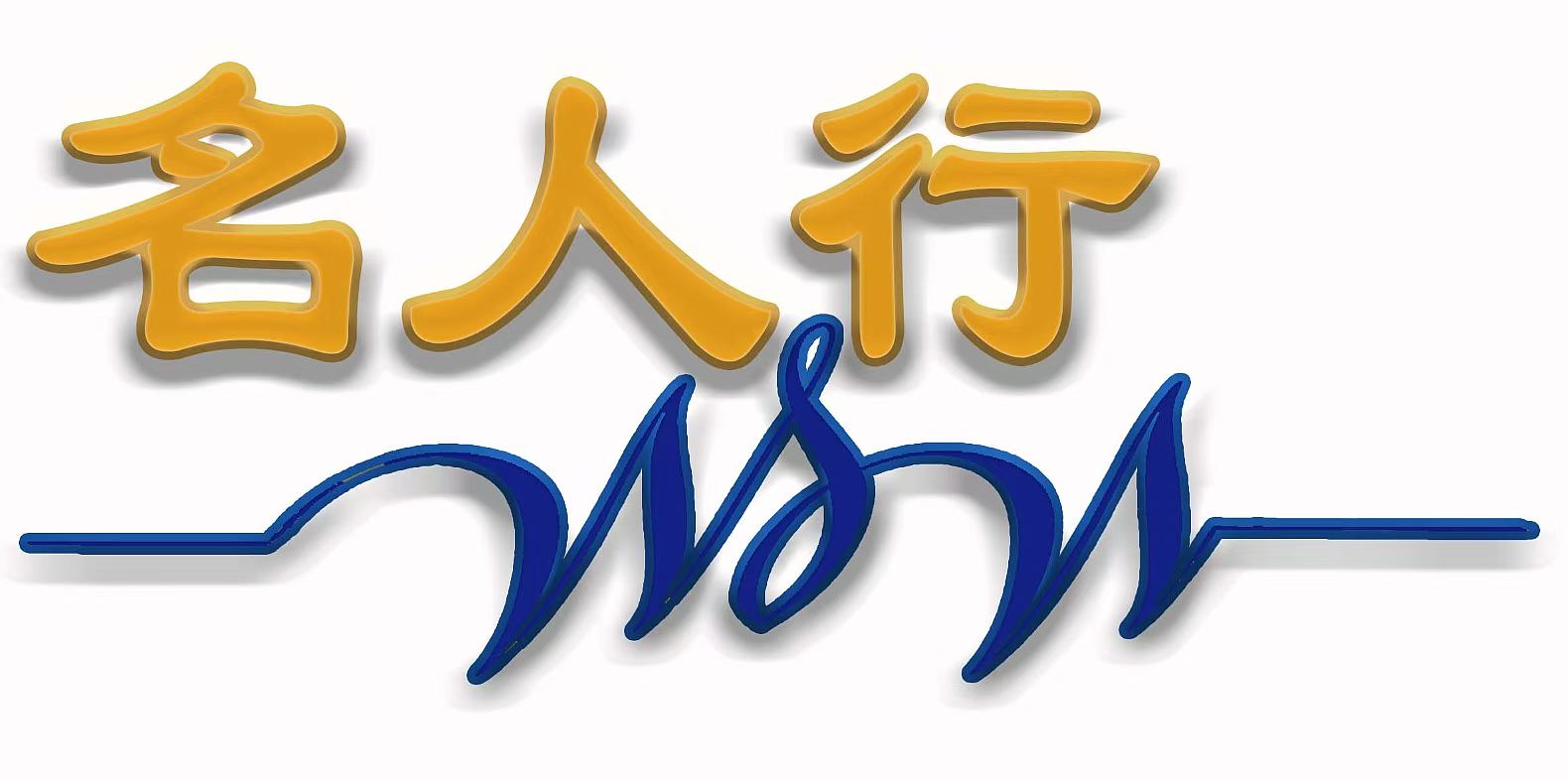Finding Peace and Joy in Global Chaos: A Daoist Approach
In an era marked by political unrest, climate crises, pandemics, and social divisions, the quest for inner peace can feel elusive. Daoist philosophy, rooted in ancient wisdom from texts like the Dao De Jing and Zhuangzi, offers timeless strategies to navigate chaos with serenity and joy. By aligning with the Dao—the fundamental principle of the universe—we can cultivate resilience and harmony. Here’s how:
1. Embrace Wu Wei: The Art of Effortless Action
Wu Wei, often translated as "non-action," is not passivity but acting in alignment with the natural flow. Like a river adapting to terrain, Wu Wei involves discerning when to act and when to yield.
- Practice: Instead of resisting upheaval, observe it mindfully. When faced with stress, pause and ask: Does this require force, or can I respond fluidly? Trust the process—plant seeds without obsessing over outcomes.
- Quote: "The sage does nothing, yet nothing is left undone." (Dao De Jing, Chapter 48)
2. Balance Yin and Yang: Harmony in Duality
Chaos and order, like yin and yang, are interdependent. Daoism teaches that crisis contains the seeds of renewal.
- Practice: Allocate time for activity (yang) and rest (yin). After engaging with news, balance with quiet reflection. Journaling can help process emotions while maintaining perspective.
- Metaphor: A tree bends in a storm (yin) to stand tall again (yang).
3. Cultivate Simplicity (Pu): The Uncarved Block
Pu, the "uncarved block," symbolizes simplicity. Modern life’s clutter—material, digital, or emotional—distracts from inner clarity.
- Practice: Declutter your space, limit screen time, and prioritize essentials. Try a "digital sunset" by disconnecting devices an hour before bed. Focus on what truly nourishes you.
- Quote: "To attain knowledge, add things every day. To attain wisdom, remove things every day." (Dao De Jing, Chapter 48)
4. Reconnect with Nature: Align with the Cosmos
Daoism views humans as part of nature’s web, not separate. Nature’s rhythms—seasons, tides, day and night—mirror life’s cycles.
- Practice: Spend time outdoors daily. Walk barefoot on grass, tend plants, or stargaze. Observe how nature thrives through adaptation, not control.
- Exercise: Meditate under a tree, visualizing roots grounding you amidst turbulence.
5. Practice Inner Alchemy: Meditation and Qi Cultivation
Daoist meditation focuses on breath and Qi (life force) to harmonize body and mind. Stillness births clarity.
- Practice: Sit quietly, breathe deeply, and visualize stress dissolving with each exhale. Explore Qigong or Tai Chi for moving meditation.
- Quote: "Empty yourself of everything. Let the mind rest at peace." (Dao De Jing, Chapter 16)
6. Cultivate Compassion (Ci) and Humility
Daoist virtue emphasizes kindness without expectation and humility in recognizing our small yet significant role in the cosmos.
- Practice: Perform anonymous acts of kindness. Reflect on interconnectedness—how your peace radiates to others. Release ego-driven worries by acknowledging your place in a vast, unfolding universe.
- Metaphor: "The sea reigns because it lies below the rivers." (Dao De Jing, Chapter 66)
Conclusion: Weaving Daoist Wisdom into Daily Life
Peace in chaos isn’t about escaping the world but harmonizing with it. By embracing Wu Wei, balancing opposites, simplifying, reconnecting with nature, nurturing inner stillness, and practicing compassion, we transform turmoil into a dance of resilience. As Laozi reminds us, "New beginnings are often disguised as painful endings." Let the Dao guide you to joy, one breath at a time.
Incorporate these steps gradually, and watch chaos become a canvas for growth. The Dao is not a path to walk but a flow to join—where peace and joy arise naturally.

Comments (1)
. It is much needed at this time. I love Chapter 15 of Dao De Jing that says, " they did not insist on imposing their views on others or interfering in worldly affairs. They adopted themselves to circumstances like melting ice."